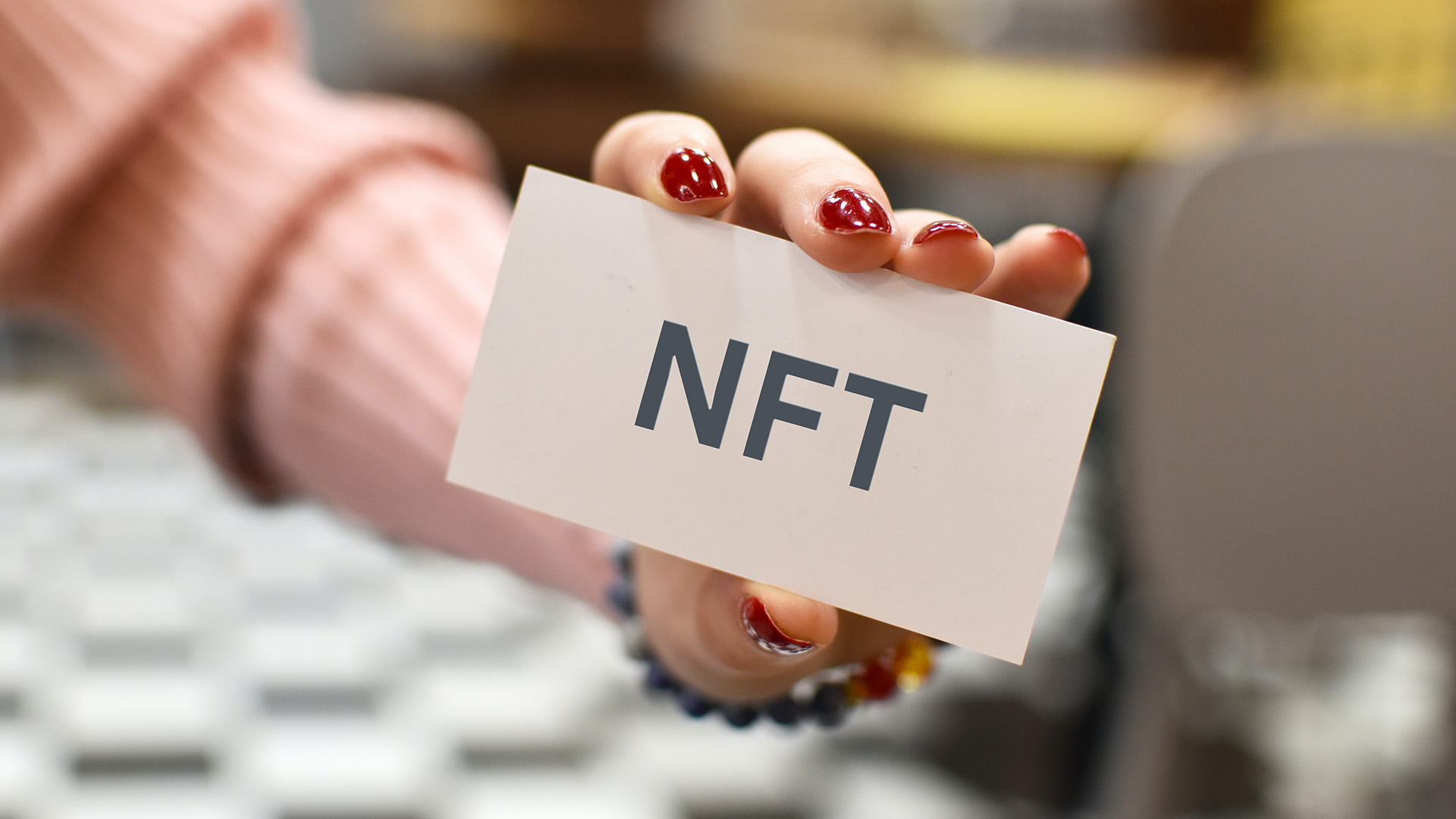I met a lot of interesting people at South By Southwest (SXSW), but it was weird because in many ways I felt like I knew them from industry news, blogs, and Twitter. However, the people experience at SXSW was one amazing thing, and the reason for that is the authentic conversations I had with people I’ve known only online.
Even though we read each other’s blogs and tweets, the information we post online is somewhat choreographed and rehearsed. Sure, we call it an online dialogue, but people tend to be conservative and think about what they write before posting it online. At SXSW, being surrounded by new ideas led to real-world conversations where you are improvising and building upon each others’ ideas in the moment.
Being authentic while online is critical, but the authenticity that comes through an unorganized discussion in person can’t be replicated online no matter how hard we try. The purity of exchanging new ideas with incredibly intelligent people is a profound human experience. My SXSW conversations have changed the way I think about new media, and this is where SXSW adds the most value. Despite many complaints about it being too big, the diversity of opinion and experience is what I enjoyed the most: The opportunity to meet tons of new people who wanted to discuss amorphous ideas and figure out how we can use them to make our businesses better.
Two Interesting Trends
The evolution of location-based services and the introduction of game mechanics were two of the hottest topics on panels and in conversations. Here is a summary of the ideas from the panels and hallway conversations I had.
Location-based Services
Stop thinking that phones knowing your location is creepy and that Foursquare is a waste of time. Location-based services provide signals that smart companies are using to shape the future of the internet through personalization. Personalization is so powerful that smart companies won’t want to be creepy with personalization because people won’t trust them. As the Internet evolves toward personalized content, being a trusted voice to deliver that content will be key.
Forty percent of Google Maps traffic is on mobile devices because of how valuable the information is. But it’s more than just directions. Google Maps is able to use your location to route you around traffic, surface ideas for nearby restaurants based on where your friends have been, and display interesting information about where you are visually through the camera using augmented reality.
Foursquare is also actively pursuing personalization with its seven million users. We’ve all heard the idea of a coupon popping up on your phone as you walk by a coffee shop, but founder Dennis Crowley doesn’t believe that’s the answer. Rather, wouldn’t it be cool if Foursquare notified you that you are near that restaurant with that burger your friend always talks about. Also, Crowley recognizes that consumer-packaged-goods brands without a retail location want to do something on Foursquare, and he believes the solution is to create content about locations related to consumer problems. For example, a diaper company could create the “guide to Brooklyn for new moms.”
What should we learn from SXSW?
Google and Foursquare are leading the way in looking at location as a signal to rank and surface information for the next generation of search.
Knowing what types of locations you visit are strong indicators of what types of content you would prefer.
Foursquare doesn’t want brands to sponsor badges. Rather, it wants companies to apply a lens to their data to surface location content relevant to their consumers’ needs.
Game Mechanics
Stop thinking that games and technology mean sharing crops on Farmville. Game mechanics used in the most popular video games can change human behavior and make tough challenges easier to solve.
SCVNGR is being recognized as the company leading the way in adding the game layer on top of the real world. The keynote delivered by SCVNGR’s 22-year-old founder (or Chief Ninja) Seth Priebatsch captivated and excited a massive audience of experts who enjoy being skeptical about technology. He clearly articulated how game mechanics can improve education and customer acquisition and make the challenge of global warming slightly less impossible.
SCVNGR has worked with Nissan and Buffalo Wild Wings to deepen consumer engagement through games. Through challenges created by the company and other SCVNGR users, people can earn rewards for completing games that involve them deeper with the brand.
What should we learn from SXSW?
- Don’t dismiss think of “games” as video games used for entertainment.
- Proper application of game mechanics can influence consumer behavior.
- SCVNGR can be used instead of Foursquare for a brand wanting to engage consumers with location-based services.
Revisiting My “Bold Predictions”
Now, let’s revisit some of the technologies I addressed in the post about the conference.
Instagram
Instagram allows you to take unique photos and distribute them everywhere across the Web. I saw a lot of people posting and tweeting about it, and it was nice . . . but didn’t provide me as much value as I thought it would.
Verdict: Will be a nice to have app, but won’t change the world.
SCVNGR
Seth Priebatsch gave a keynote and rather than pushing his product (SCVNGR); he used his time to emphasize the idea behind it, game mechanics. I’ll address in more detail below.
Verdict: Start using SCVNGR as the ideas around it are a revolutionary way to impact human behavior.
Plancast
I emphasized that the value of SXSW is conversations with interesting people. Plancast allowed me to make a complicated event like SXSW better by organizing the activities around the people that would be there.
Verdict: Plancast is a best-in-class (though niche) app that will add value by emphasizing the social aspect of large events. I will use Plancast for any event, seminar, or conference I’m helping with or attending.
GroupMe
GroupMe turns text messaging into a group chat room that is as easy to use as texting. It was a critical communication tool for the 12 Ketchum people at SXSW, and I’ll use it whenever I’m trying to text with more than one person.
Verdict: GroupMe is awesome, though you have to try it to believe it, if you want a simple way to communicate with a lot of people. Use this now.
Hashable
Hashable organizes the relationships you make over time from introduction to future meetings, but not a lot of people were using this. I used this only once, and Hashable populated my Twitter feed with content I did not create. I was furious, and will never use it again.
Verdict: The value of Hashable in tracking relationships is long-term. I will never use it again after it created content on my behalf to post Twitter. Because of this, I don’t think it will reach critical mass in the market.


